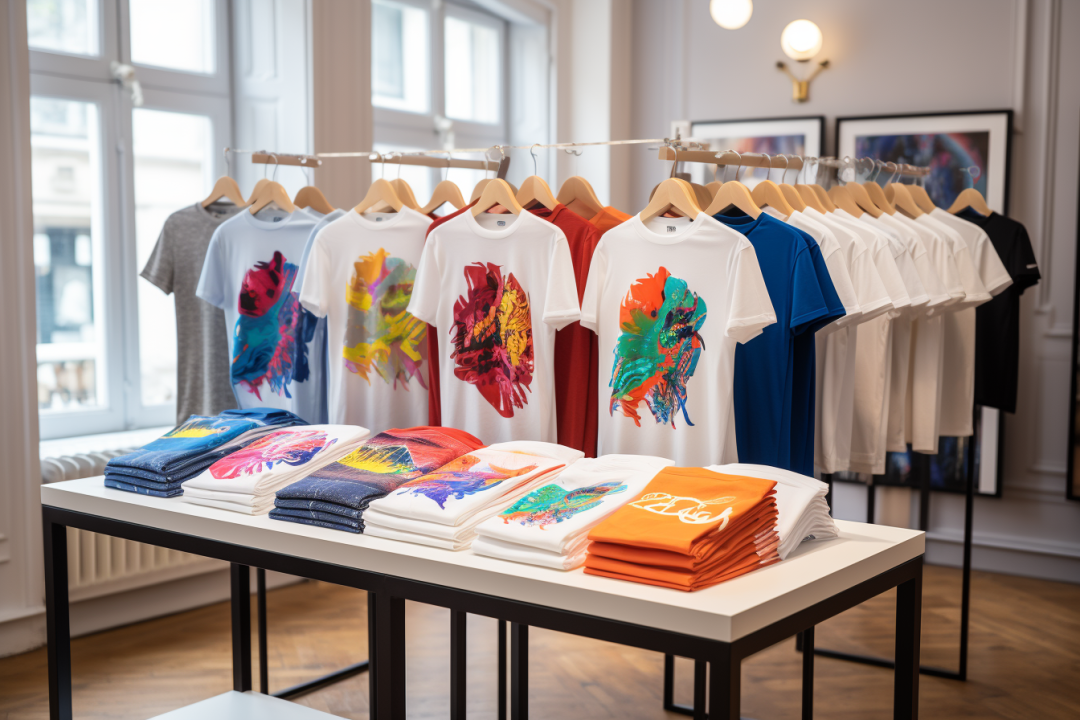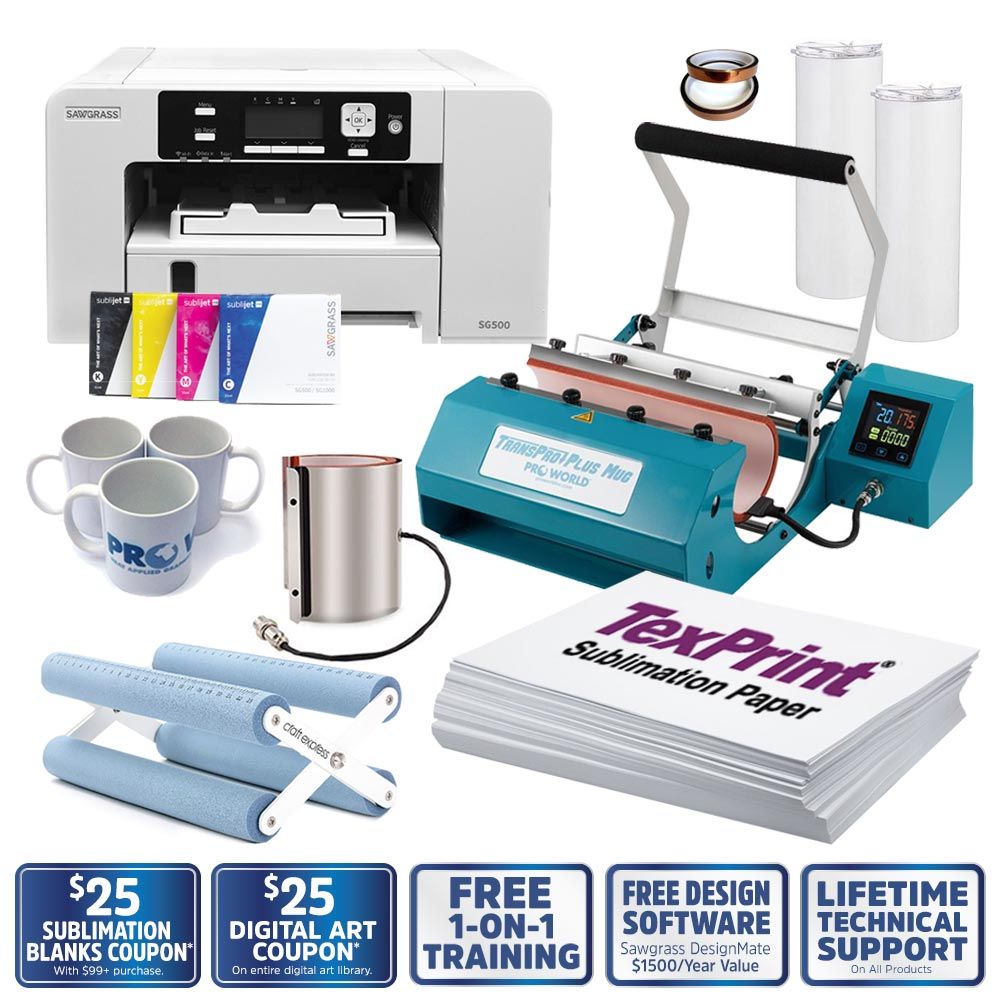Heat Transfer Vinyl Printing: Change Your T-Shirt Game Today
Heat Transfer Vinyl Printing: Change Your T-Shirt Game Today
Blog Article
A Comprehensive Guide to the Various Types of Towel Printing Techniques
Each technique, from the careful workmanship of block printing to the quick performance of display printing, offers one-of-a-kind objectives and supplies distinctive advantages. Digital printing's flexibility and ecological awareness stand in raw comparison to the quick personalization of warm transfer printing.
Block Printing
Block Printing, among the oldest techniques of textile decoration, has a rich background that goes back to old human beings. Coming from China around 220 A.D., this strategy later on spread out to India and ultimately Europe. The process involves sculpting detailed layouts right into wooden blocks, which are then dipped in dye and pushed onto textile to produce patterns. This method is noteworthy for its ability to generate very outlined and repeated designs.
The precision and craftsmanship included in block printing make it a labor-intensive procedure, yet it also enables a high level of personalization. Craftsmens can produce unique patterns by incorporating different blocks or differing the application of dye. This flexibility has actually contributed to the long-lasting popularity of block printing in both modern and conventional fabric design.
Block printing is particularly valued for its visual qualities, consisting of the slight variants in pattern and color that arise from the hand-printing procedure. These blemishes provide a distinct personality to each item, distinguishing it from mass-produced materials. Regardless of advancements in modern-day printing technologies, obstruct printing continues to be a treasured strategy, celebrated for its historical relevance and artistic value.
Display Printing
Display printing, another famous fabric decoration method, has actually revolutionized the market with its performance and versatility. This technique includes developing a stencil, referred to as a screen, and utilizing it to use layers of ink on the printing surface area. Each color in the design needs a different display, which permits for lively and detailed multi-colored prints.

Among the vital benefits of display printing is its flexibility to various types of fabrics, including cotton, polyester, and blends. This technique is particularly suitable for large-volume orders because of its cost-effectiveness and speed. The toughness of the prints is an additional substantial advantage, as the ink bonds well with the textile, making certain durable layouts that hold up against numerous cleans.
As soon as dried out, the style is transferred onto the emulsion-coated screen making use of a UV light resource. Ink is after that pushed through the pattern onto the material using a squeegee.
Display printing is extensively utilized in the fashion industry, advertising items, and customized apparel. Its capacity for high-grade, in-depth prints protects its status as a keystone method in fabric printing.
Digital Printing
Digital printing has actually swiftly arised as an innovative technique in the fabric industry, leveraging innovative innovation to produce high-resolution styles directly onto textile. Unlike conventional approaches, digital printing uses inkjet printers to deposit pigment or dye-based inks onto fabrics, allowing detailed and lively patterns with a remarkable level of detail and color precision.
One of the primary benefits of electronic printing is its versatility. This method enables for on-demand printing, which significantly decreases waste and reduces inventory expenses.
In addition, digital printing is eco-friendly. screen printing. It uses water-based inks and needs less water and energy contrasted to traditional strategies, aligning with lasting methods. The accuracy of digital printing also permits the usage of a larger series of textiles, including cotton, silk, polyester, and blends, making sure adaptability across different applications
Heat Transfer Printing
Exactly how does heat transfer printing reinvent fabric layout? This approach has actually brought substantial innovations by permitting elaborate and lively designs to be moved onto a variety of textiles with exceptional accuracy. Warmth transfer printing includes utilizing warm and stress to transfer a style from a specially formulated paper onto textile. This process starts with printing the desired image onto transfer paper utilizing specialized inks. Once the photo is printed, the paper is put onto the textile and based on a warmth press, which transfers the ink from the paper to the fabric.
One of the main benefits of heat transfer printing is its ability to produce top notch, thorough images rapidly and efficiently. It is specifically fit for tiny manufacturing runs and custom-made orders, making it a popular option for individualized apparel and marketing items. In addition, this method is functional, accommodating various kinds of materials consisting of cotton, polyester, and blends.
Furthermore, warmth transfer printing is fairly cost-effective contrasted to other approaches, as it calls for minimal setup and lower first financial investment - DTF printing. This cost, combined with its capacity for generating vivid, resilient prints, highlights its pivotal function in modern textile layout

Dye Sublimation Printing
Dye sublimation printing, an advanced textile printing technique, uses unparalleled vibrancy and long life for styles on different artificial textiles. The published transfer paper is then positioned on the material, and both are subjected to high warmth and pressure making use of a warm press.
Among the essential advantages of color sublimation printing is its capability to produce continuous-tone prints with complex details and vivid colors. Unlike various other printing techniques, the color enters into the material instead of resting on top of it, resulting in a breathable and soft surface. This strategy is especially reliable on polyester and other artificial materials, making it a preferred choice for sports apparel, banners, and home textiles. Furthermore, dye sublimation is ecologically pleasant, as it needs no water and generates minimal waste, straightening with sustainable production techniques.
Verdict
In summary, fabric printing strategies each offer distinct advantages customized to various requirements and applications. Block printing is respected for its artisanal top quality, while screen printing is beneficial for high-volume manufacturing. Digital printing gives adaptability and ecological advantages, whereas warmth transfer printing is optimal for fast modification. Dye sublimation printing produces vibrant, long lasting layouts on artificial fabrics. The diversity and development within these techniques highlight the vibrant and advancing nature of the cloth printing industry.
Each method, from the meticulous craftsmanship of block printing to the rapid performance of display printing, offers special objectives and uses unique advantages. Digital printing's versatility and environmental consciousness stand in stark comparison to the speedy personalization of warmth transfer screen printing printing. In spite of developments in contemporary printing technologies, block printing continues to be a valued method, celebrated for its historic value and creative value.
Dye sublimation printing, a sophisticated textile printing strategy, uses unrivaled vibrancy and longevity for layouts on different synthetic fabrics. Digital printing offers versatility and ecological benefits, whereas heat transfer printing is excellent for fast customization.
Report this page